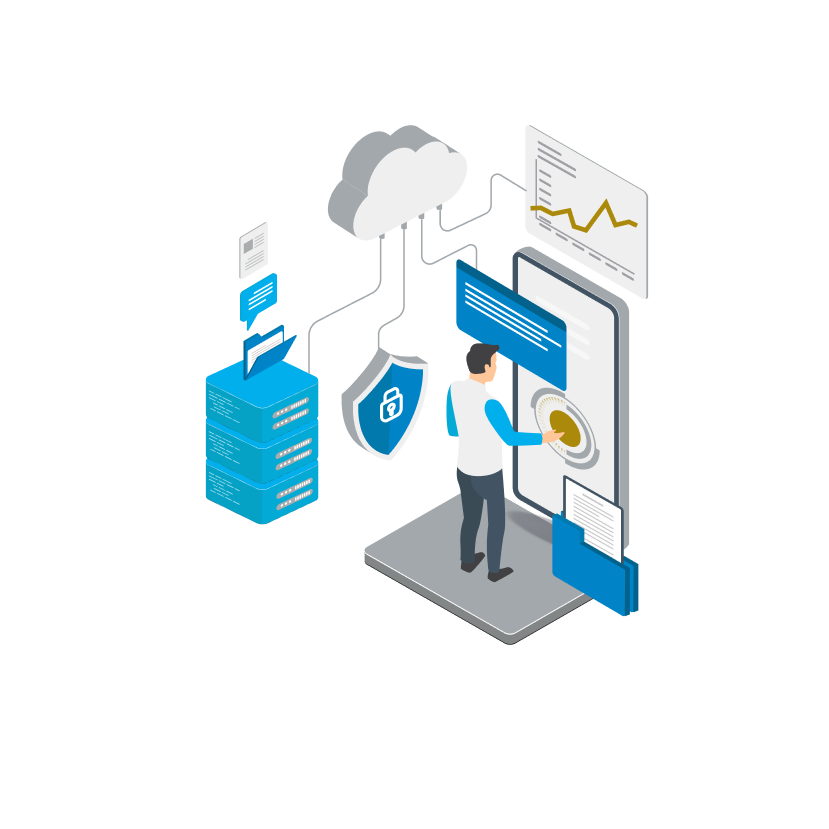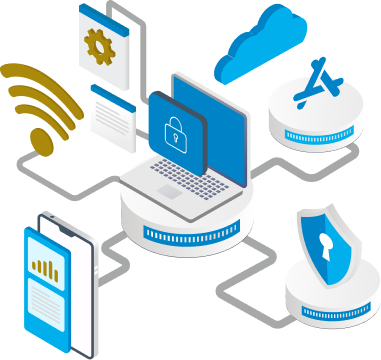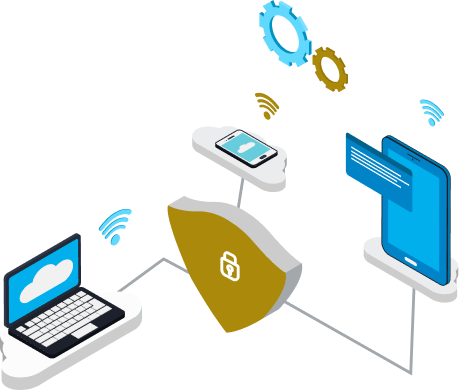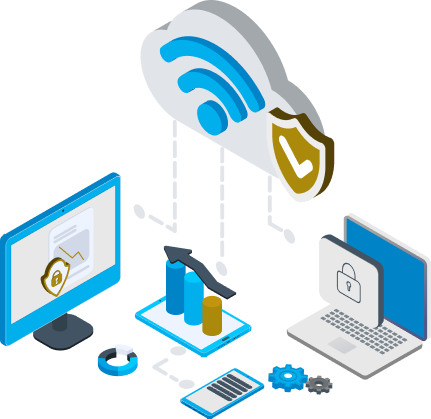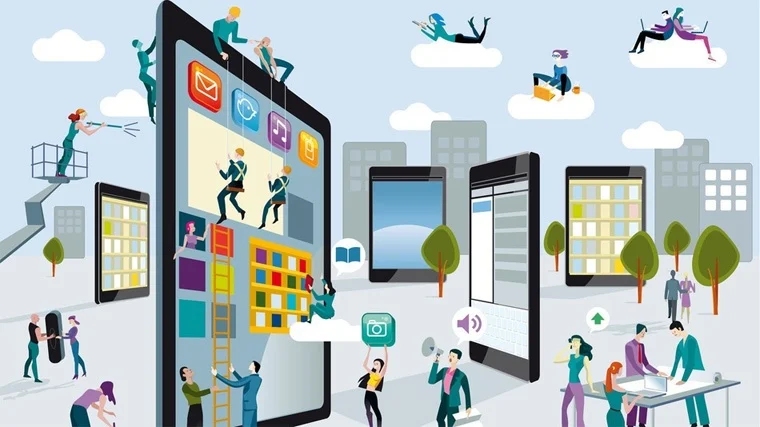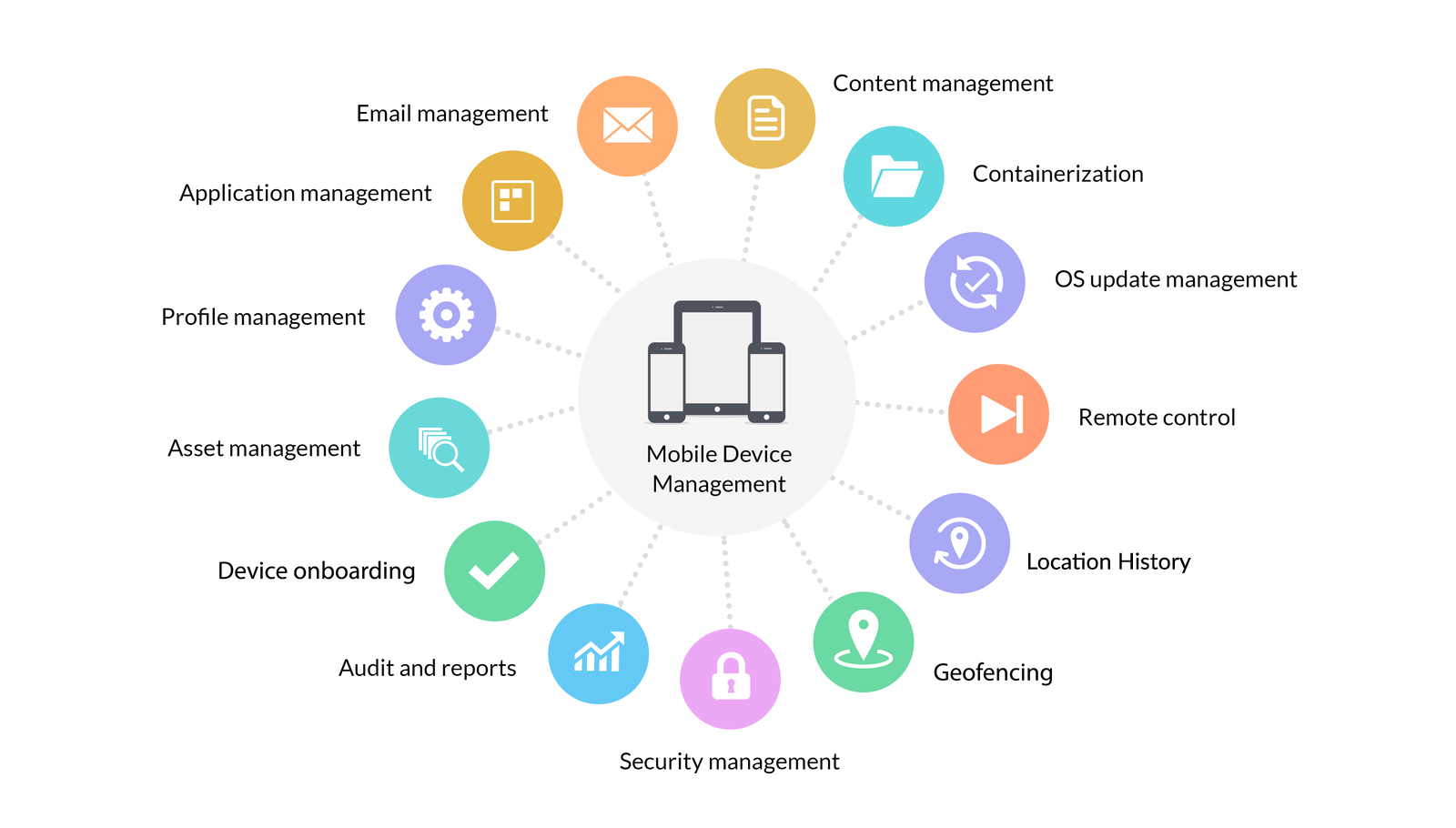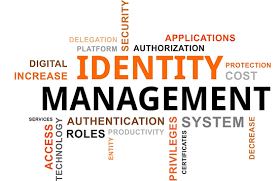Device Security & Application

Protect your organisation from data breaches and security risks with streamlined mobile and computer device management for your mobile fleet.
VoicePlus’ Device Security and Application managed services support all major Mobile Device Management (MDM), Enterprise Mobile Management (EMM), and Unified Enterprise Management (UEM) applications.

